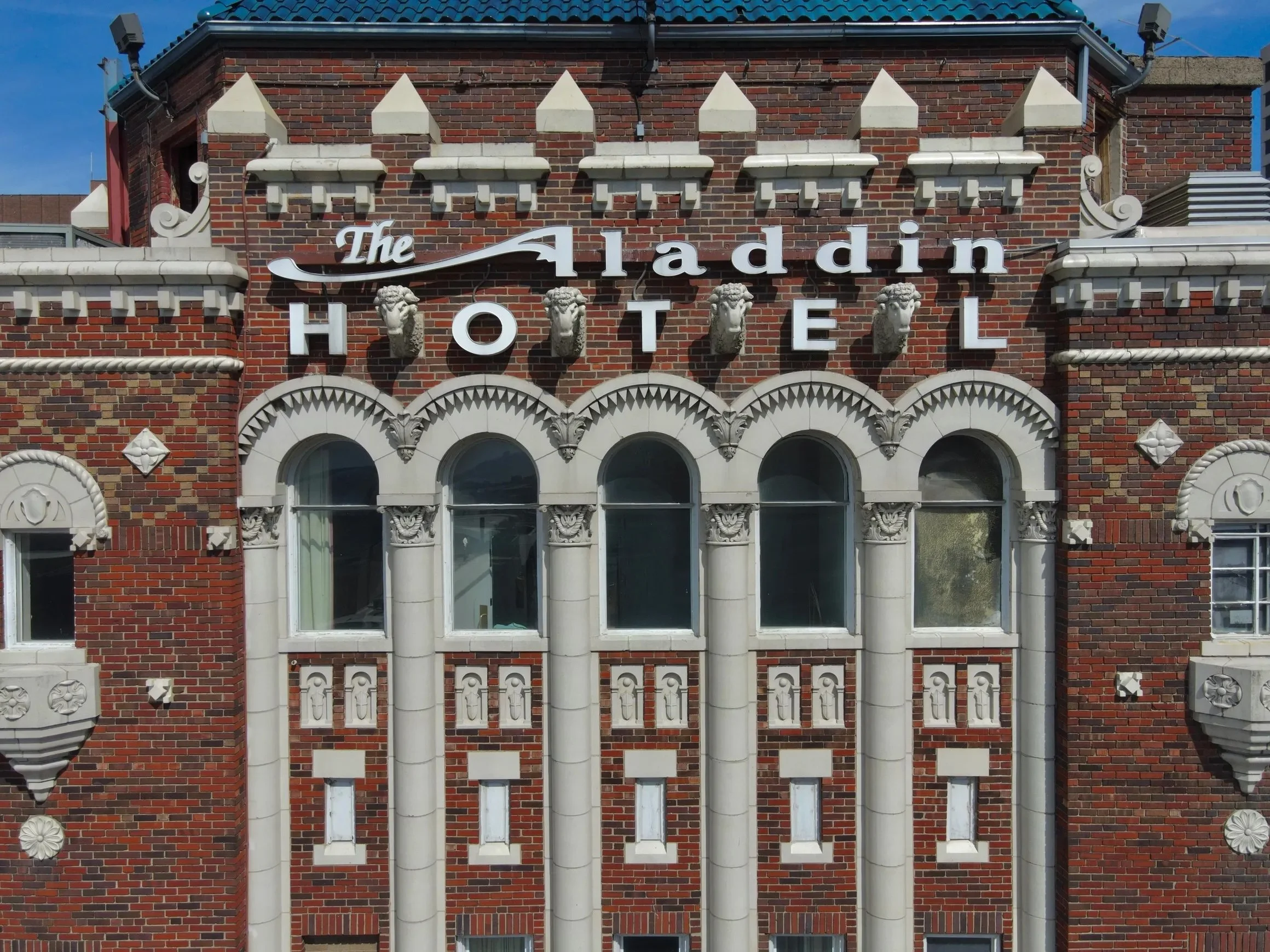Parade Park Homes, established in 1963, holds a significant place in Kansas City's history as the city's oldest Black-owned housing cooperative. Situated near the historic 18th and Vine District, the complex originally featured 510 townhouse units, providing affordable housing and fostering a sense of community among its residents.
Over the years, Parade Park faced numerous challenges, including deteriorating infrastructure and financial difficulties. By 2022, the cooperative defaulted on a $10 million loan, leading the U.S. Department of Housing and Urban Development (HUD) to take control of the property. Inspections revealed unsafe living conditions, prompting HUD to initiate foreclosure proceedings in 2023.
In response to these challenges, Kansas City officials developed a plan to preserve and revitalize Parade Park. In December 2023, the City Council authorized the acquisition of the property from HUD, aiming to protect current residents and prevent displacement. The city partnered with Flaherty & Collins Properties, a real estate developer based in Indianapolis, to spearhead the redevelopment efforts.
The redevelopment plan, announced in early 2024, is a comprehensive $275 million initiative designed to transform Parade Park into a vibrant, modern community. The project envisions the construction of over 1,000 new residential units, including market-rate, affordable, family, and senior housing options. Additionally, the development will feature 15,000 SF of commercial space and 26.61 acres of open space, enhancing the neighborhood's appeal and functionality.
Above: The Parade Park Homes redevelopment Master Plan showing the breakdown of housing categories. Image courtesy of the City of Kansas City, Missouri.
A significant milestone in the redevelopment effort occurred in January 2025, when HUD awarded a $15.5 million grant through its Section 202 Supportive Housing for the Elderly Program. This funding is allocated to provide capital and rental assistance for low-income seniors aged 62 and above at Parade Park Homes, ensuring that the community remains inclusive and supportive of its aging residents.
The redevelopment is planned in phases, with the initial phase focusing on constructing 200 market-rate housing units, 200 low-income tax credit housing units, an 80-unit intergenerational senior housing development, and the aforementioned commercial space. This approach aims to revitalize the neighborhood while preserving its historical significance and cultural heritage.
Community engagement is a cornerstone of the redevelopment process. Residents and stakeholders are encouraged to provide feedback and share ideas to ensure the project aligns with the community's needs and aspirations. This collaborative approach aims to create a revitalized neighborhood that honors its rich history while offering modern amenities and housing options.
The transformation of Parade Park Homes represents a significant investment in Kansas City's East Side, reflecting a commitment to preserving affordable housing and fostering community development. By addressing past challenges and implementing a forward-thinking redevelopment plan, Parade Park is poised to become a vibrant, inclusive community that honors its historical roots while embracing future growth.
Header image: A rendering shows what the new apartments could look like in the new Parade Park Homes community. Image credit: Moody Nolan








